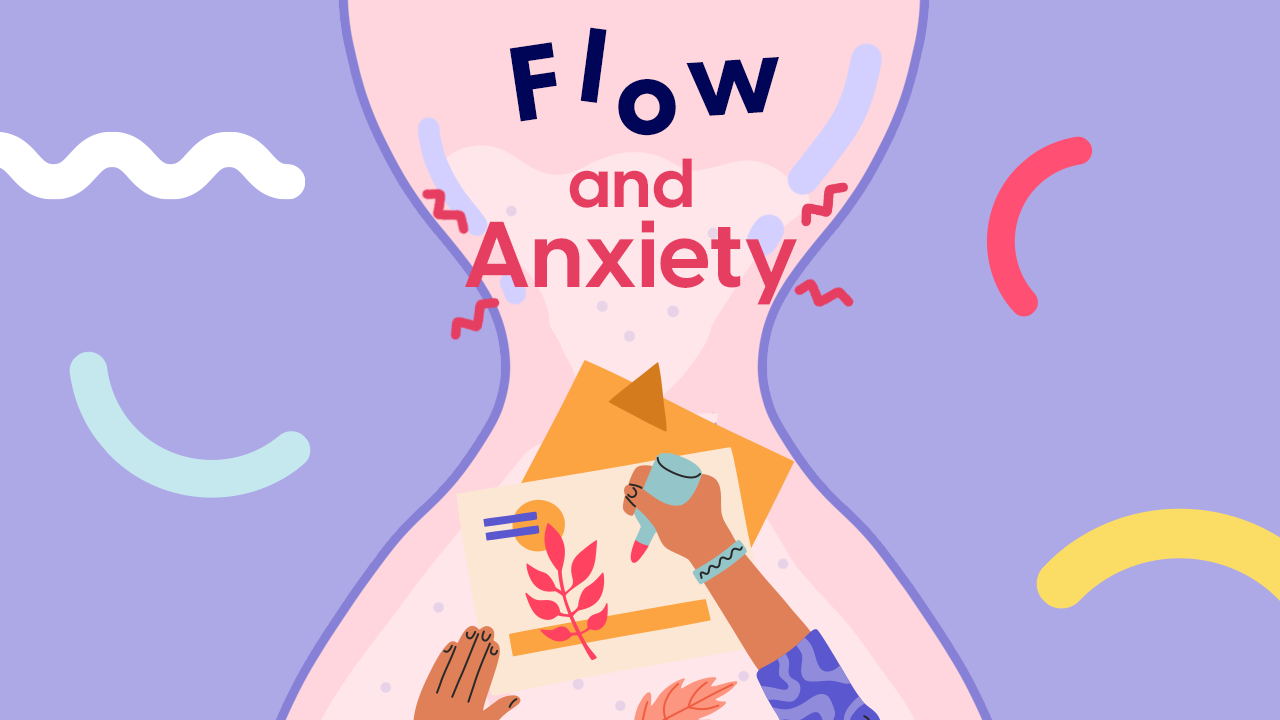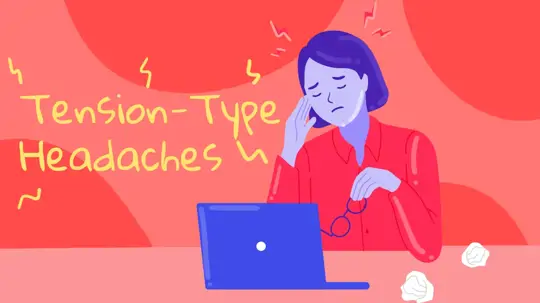
Start feeling better today!
Connect with your therapist today and take control of your life like our 850.000 happy clients.
Get StartedHave you ever been completely unaware of what is going on around you and the passing of time while performing a task that you enjoy and are capable of performing?
Flow is a mental state in which people are completely focused, enjoying, and immersed in a well-executed activity. Flow is a psychologically positive mental state that people experience when their abilities meet the demands of a situation (Csikszentmihalyi, 1990).
Individuals who experience flow receive instant feedback for their progress in an activity in which the goals are explicit and reachable, according to Nakamura and Csikszentmihalyi (2002). They defined flow in nine dimensions:
- A balance between the task's challenge and the individual's skills
- A merging of action and awareness that causes the person to perform almost automatically
- Clear goals to perceive
- Unambiguous feedback
- Focusing on and involving in the task
- A sense of control of the activity
- A reduced awareness of self
- Time transformation such as perceiving time differently than it passes
- An intrinsically rewarding experience rather than extrinsically.
You may have heard the term "flow" used by a dancer, musician, or athlete. They can refer to the experience of flow as being in only that moment and focusing on their professional activity while talking about their achievements.
Flow can be studied in terms of both states and traits. The tendency to experience flow is referred to as dispositional flow. This refers to a person's proclivity for experiencing flow in everyday life.
Flow, Attention and Anxiety
Flow has a wide range of psychological benefits. Mao et al. (2020), for example, discovered flow's effect on anxiety buffering. Furthermore, Fullagar (2012) discovered that when musicians performed music, flow was highest and performance anxiety was lowest.
People can pay attention to a wide range of stimuli or specific aspects of a certain object, both internal and external. According to Carleton (2010), attentional capacity is limited to the limited range of sensory information available at any given time.
Previous research has linked high trait anxiety to increased distractibility and attentional hypervigilance (Dibartolo et al. 1997). In this regard, one of the most important aspects of the flow experience was considered to be attention.
Flow experiences, according to Manzano et al. (2010), are a unique state of attention in nature. Flow experiences require sustained attention, which necessitates the mobilization of attentional resources. Flow characteristics were also linked to concentration levels during the performance. (1990, Csziksentmihalyi).
In conclusion, flow is strongly linked to both attention and anxiety. An important relationship exists between attention and anxiety. In other words, a person's level of anxiety can have a big impact on their ability to pay attention and flow. If your anxiety level is extremely high, you may experience attentional issues and be unable to enjoy the flow. You can get help from a professional. You can also contribute to your daily flow experience by practicing mind relaxation techniques to improve your attentional abilities. Lower anxiety may result in more flow experiences and performance satisfaction in the long run, due to the close relationship between flow and anxiety.





